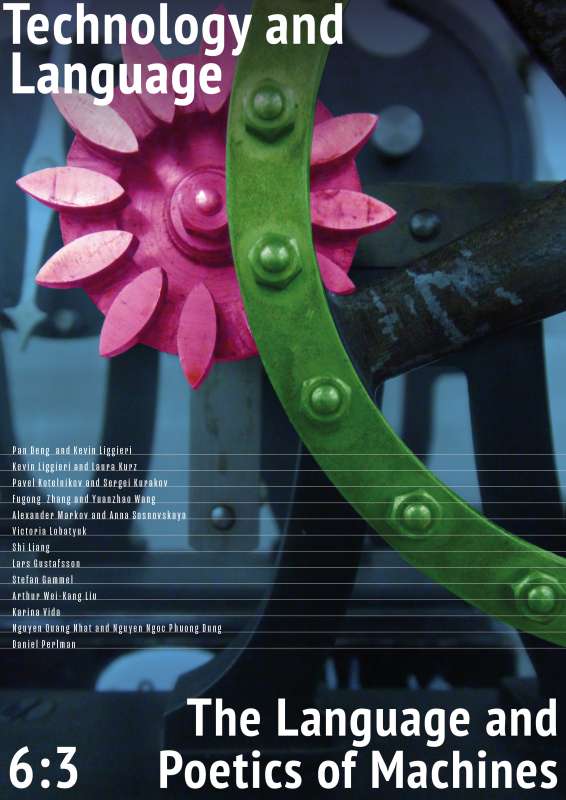Experimental Translation Assessment — A Recipient-Oriented Approach
There are numerous techniques and technologies for checking the accuracy and quality of translations. Most familiar perhaps is reverse translation which focuses on the quality of the translator or machine translation system. This paper adopts the perspective of the recipient of the translation and thus on readers' perceptions of the translated text: recipient experiments evaluate the recipient's perception and comprehension of the translated material. Two types of recipient experiments are distinguished — experiments in the natural setting and phenomenological experiments. The first kind of experiment revolves around the demographic and cultural characteristics of the readers: Do they successfully achieve an understanding of the original text in their native language? Phenomenological experiments approach translation as a process of reproduction and transmission of the emotional, cultural, and contextual aspects of texts. For example, in an experiment with the translation of poetry, native speakers of both languages read the original poem and its translation. Afterwards, a survey is conducted to understand what feeling or emotion the original poem evoked and how this feeling was conveyed in the translation. Typically in phenomenological experiments the self-reporting of subjects about internal states is part of the methodology. This method brings to the fore the interests and expectations of readers. It points to the predicament that translation requires audience segmentation but that this segmentation can be arbitrarily fine-grained. This applies also to the translation of technical texts at different levels of expertise. Ultimately, the phenomenological approach opens up opportunities not just for predicting reactions to translation, but for an understanding of how recipients perceive and interpret the text.



